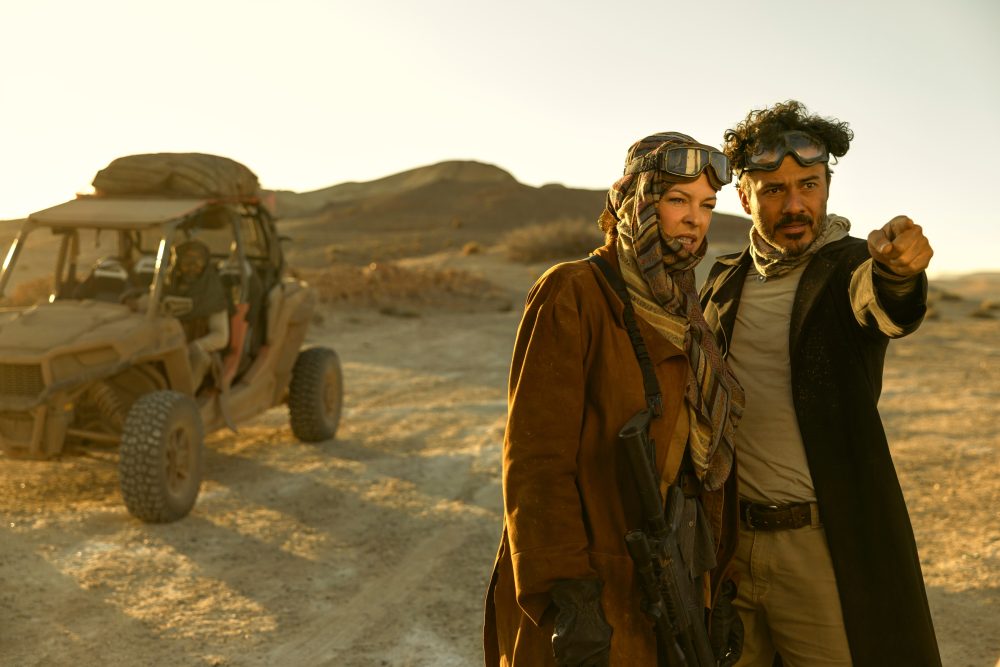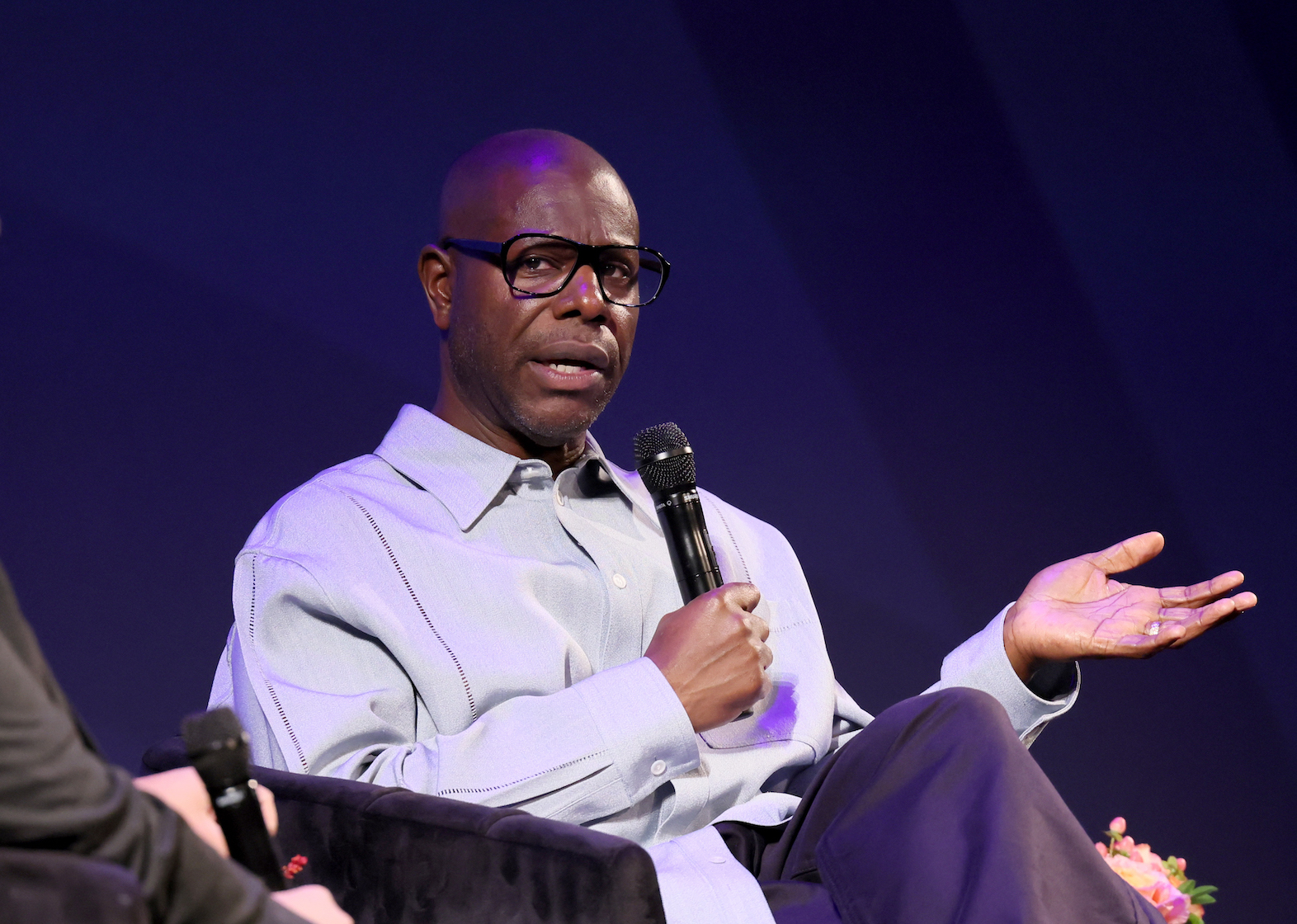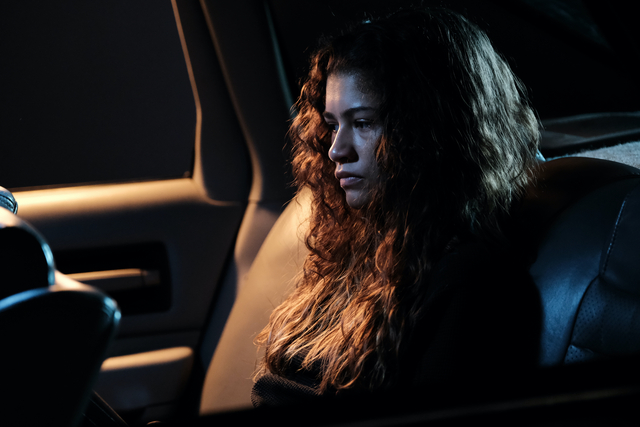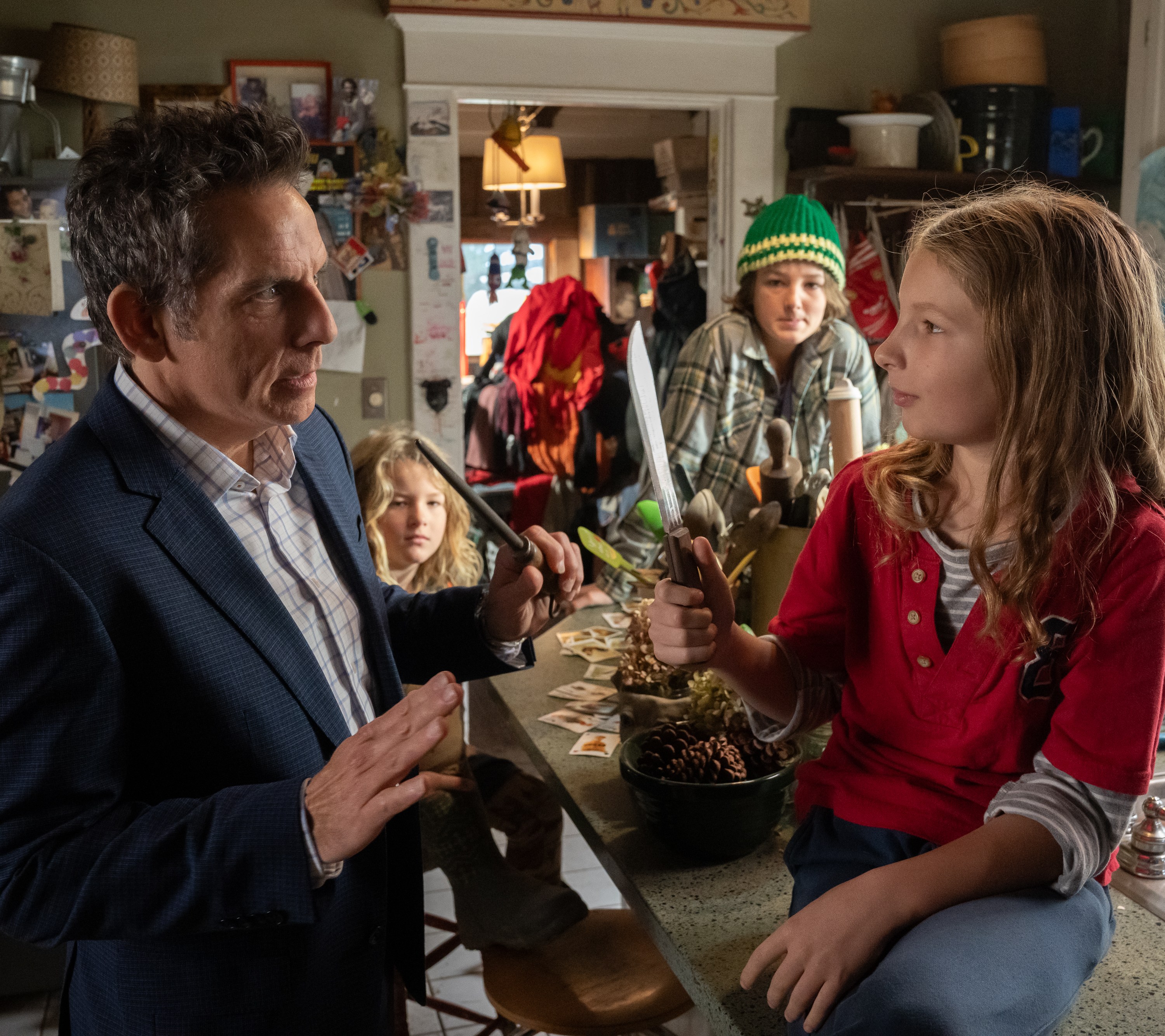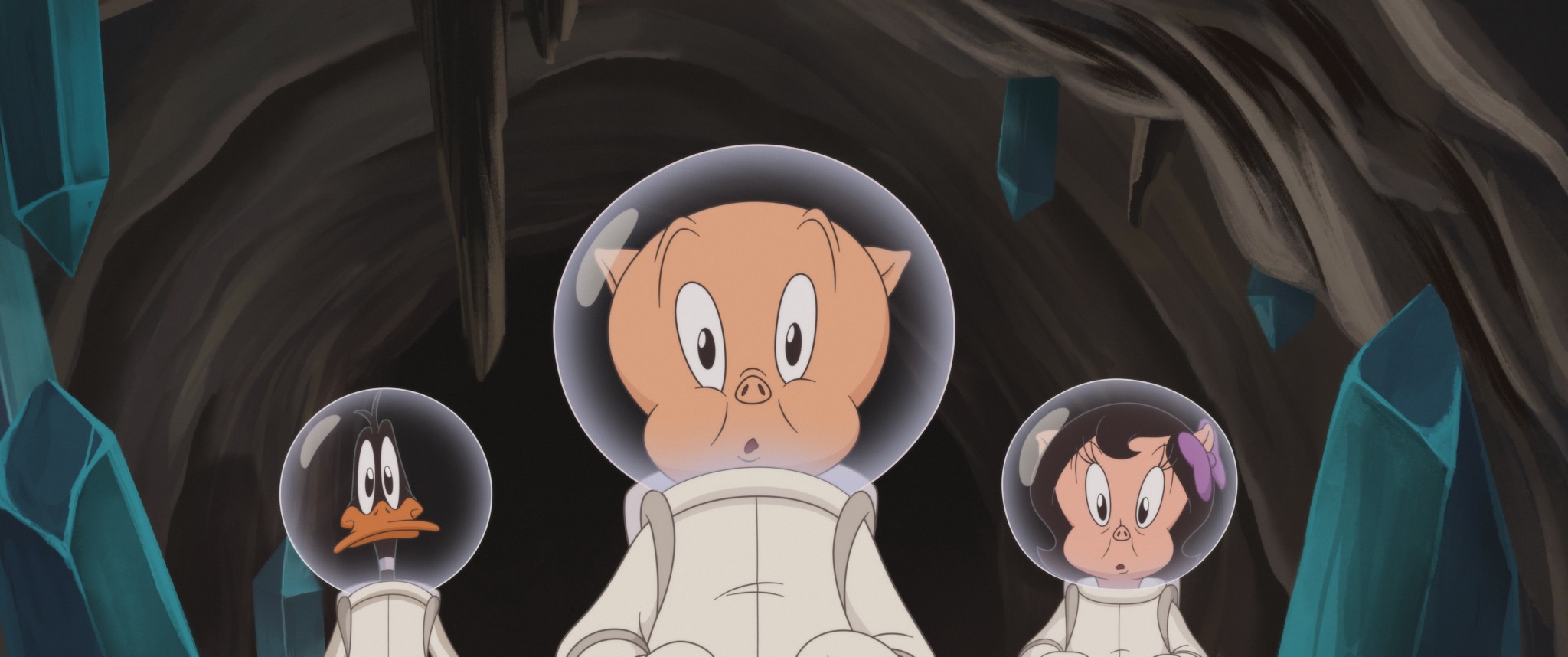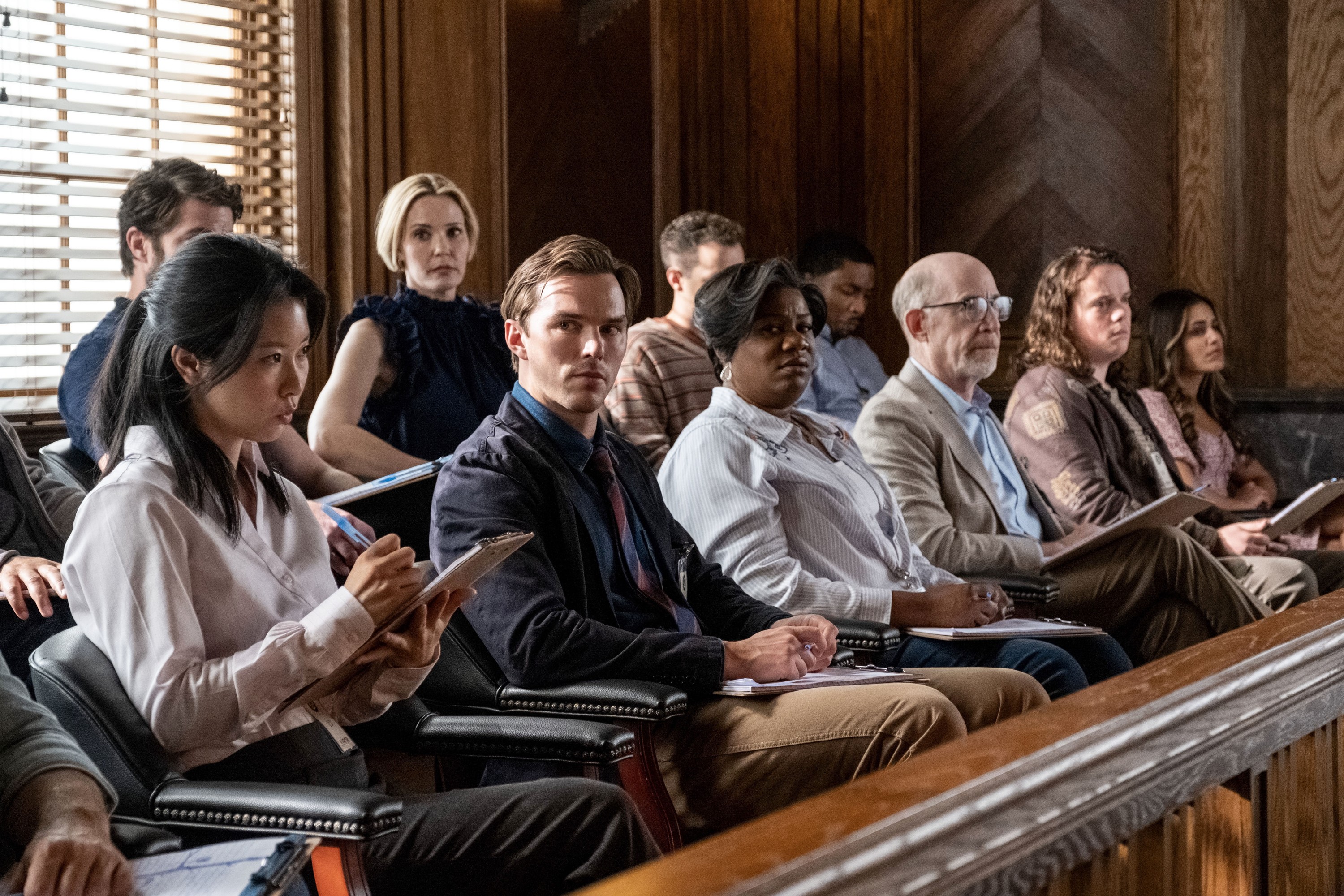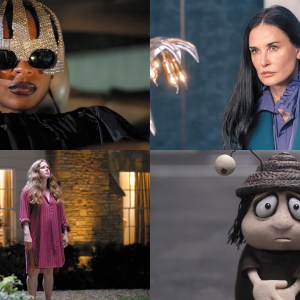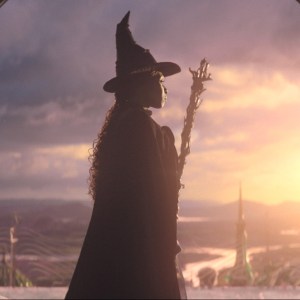By providing your information, you agree to our Terms of Use and our Privacy Policy. We use vendors that may also process your information to help provide our services. This site is protected by reCAPTCHA Enterprise and the Google Privacy Policy and Terms of Service apply.
“Rango” is the Funniest Western Since “Blazing Saddles” – But is This a Good Thing?

This review was originally posted on March 3, 2011. It has been reposted for the film’s home video release.
Calling “Rango” the best western comedy since “Blazing Saddles” isn’t saying a whole lot, I guess. What has there been? “Three Amigos,” “Shanghai Noon,” “Maverick,” “Wild Wild West”? Okay, maybe “City Slickers” fans will disagree. But that’s a different kind of movie. Broader. Certainly those who aren’t well-versed in the genre will find fewer laughs here than those who can spot every little allusion and send up of conventional tropes. Director Gore Verbinski (“Pirates of the Caribbean” parts 1 through 3) and writer John Logan (“The Aviator”) clearly know their classics, and one critic in particular at the screening I attended was loudly laughing, often alone, at shots that specifically reference old films few people, especially children, are familiar with these days. I know that some viewers who generally dislike westerns are bored with “Rango,” at least as far as the narrative goes, but at least everyone seems in agreement that it’s one of the most gorgeously animated films in years.
While I admit I love the movie, I have a few problems with and questions for it. First of all, it contains the billionth joke about confusing “thespians” with “lesbians,” which almost takes away all the points it earns up until that awful moment (at least there’s now also the confusion of “mammogram” with “tangram” — or some other kind of puzzle — to go over your kids’ heads, too). Then there’s the matter of the plot ending up a large riff on “Chinatown,” but sadly only by way of Pixar’s “Cars.” I guess if the adults are enjoying the movie due to its quoting, so should the kids? Or do younger viewers not think in such terms? If I was little, would I have thought of “Finding Nemo” and “Bolt” as the story begins with a terrarium-dwelling chameleon (voiced by Johnny Depp) becoming separated from his owners?

Not all of the intentional allusions in “Rango” point to classic westerns. There are visual references to other Johnny Depp movies, including “Fear and Loathing in Las Vegas” and I think maybe even “Dead Man” (which is a western, as well). At some points, Verbinski even seems to be repeating stuff from his and Depp’s “PotC” collaborations. The near-surreal quality of “Rango” is akin to the strangest moments of “At World’s End,” and a bit involving Rango being carried by a cluster of bugs reminded me of the rock-crabs carrying the ship during the purgatorial fantasy sequence of that third “Pirates” installment. Clearer and more definite references are to the usual quintessential westerns like “High Noon” and the “Dollars Trilogy” (a certain movie star kind of makes a cameo). A greater fan of the genre than I (admittedly I hated westerns until about seven years ago) could name plenty more of the films that are cited. There is also some tribute to old aerial dogfight sequences and war films, too.
At the end of the movie I wondered if there really is anything to “Rango” other than a mash-up of these allusions and homages. And whether or not this is any worse than modern animated films that are too dependent on pop culture references. Something like “Rango” will be viewed more respectfully because it shows a knowledge of film history, but in a way it’s still dependent on older pop culture references. There is a greater sense of timelessness in the alluding to old standards that most people are familiar with and will likely be familiar with in years to come, but there is a principle similarity in an animated movie directly quoting John Ford and Sergio Leone and an animated movie directly quoting from a Pussycat Dolls video or a current E! reality series. Most cinephiles will probably disagree, but that’s because they obviously prefer the cinematic pop culture references. The main issue at hand is, can a movie like “Rango” exist on its own terms and become a classic work all its own, or is it too much of a broken record of greatest hits played at a faster speed for humorous effect?

Given my enjoyment, I think it’s more than just a pastiche. And the western genre is by nature filled with recycling of conventions and tropes and adding new spins to them. That’s what “Rango” does. Even if I could recite the basic structure before it occurred, knowing that Rango would immediately enter a saloon upon entering a little town as an outsider and that he would end up the sheriff after being touted as a legend (and a foolish stranger) and that a coroner would size him up for a casket, etc. I still consistently felt like I was watching something kind of familiar yet still unlike anything I’d seen before, something at its core quite original and filled with imagination.
And of course very funny, even when going too long on bits involving prostates and finding human skeletons in your fecal matter (grown-up gross-out humor like this, as well as a lot of content involving death and Hell, will be viewed as not kid-friendly, but I both disagree and don’t really care, since animated films don’t have to be for kids anyway). Meanwhile, we need westerns for kids (see my last parenthetical, but yes, I still think “Rango” is in part a kids’ movie, at least as much as “Who Framed Roger Rabbit?” — which does for noir what this does for westerns — is), as an introduction to the genre tropes that should stick with them throughout life and allow them to eventually appreciate the old stuff and hopefully keep the genre going and evolving.
But what I like most about “Rango” is how it looks. Verbinski is so much better at directing animation than live action, and I really hope he does more work in this field. Pixar would be lucky to have him direct something for them, in fact. It’s in the fluidity of the action as well as in the details of ILM’s computer-generated animation, from the hairs on the little animals to the way the clouds move ever so slowly — but are still subtly mobile — way off in the background. A movie that looks as good as “Rango” does could be completely comprised of reprocessed imagery and still be worth watching.
“Rango” is now on DVD and Blu-ray
Recommended If You LIke: Westerns; “Chinatown”; “Fear and Loathing in Las Vegas”
Follow Spout on Twitter (@Spout) and be a fan on Facebook
Follow Christopher Campbell on Twitter (@thefilmcynic)
By providing your information, you agree to our Terms of Use and our Privacy Policy. We use vendors that may also process your information to help provide our services. This site is protected by reCAPTCHA Enterprise and the Google Privacy Policy and Terms of Service apply.


